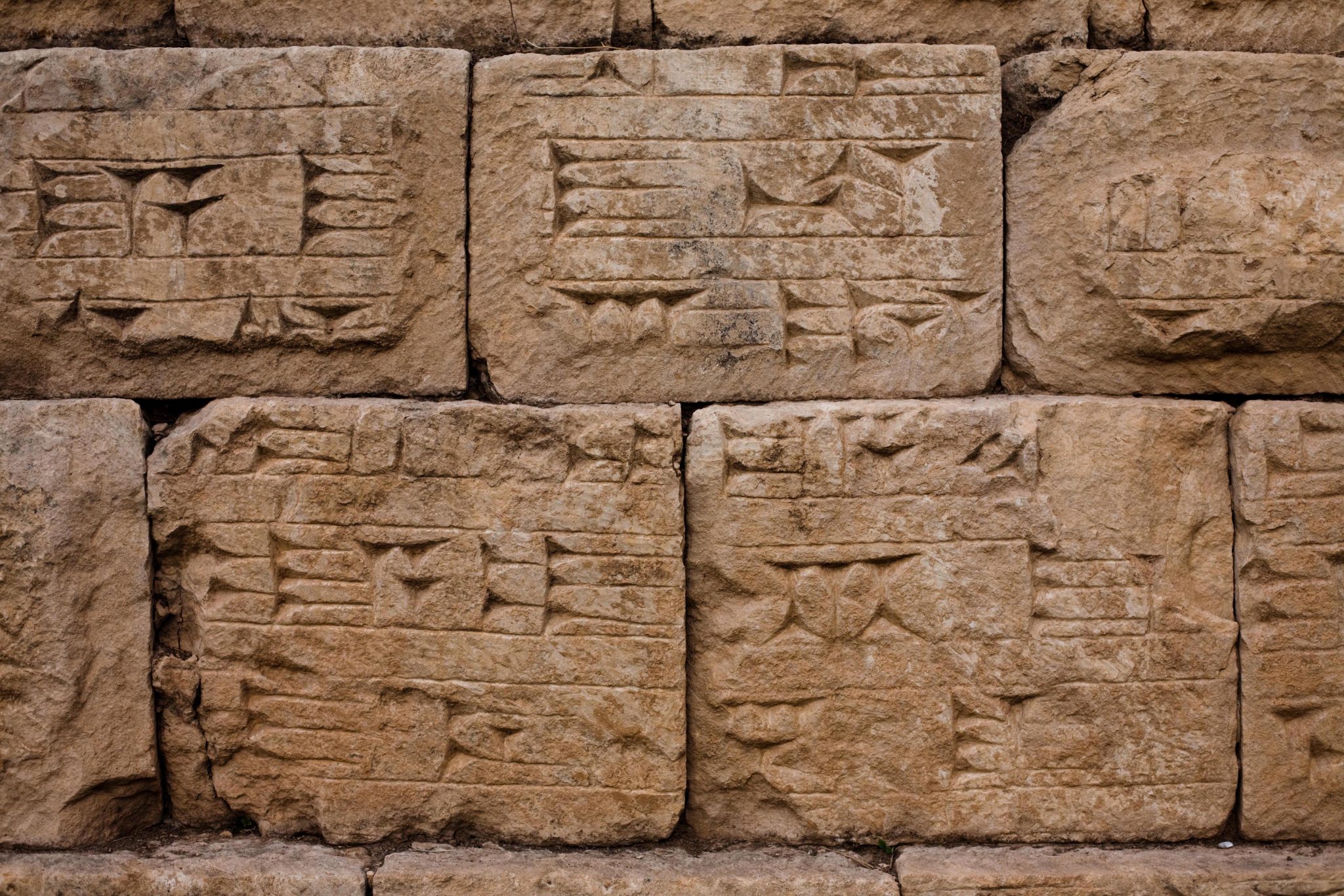For centuries, Wang Xizhi (c. 303-361 CE) has been revered as the “Sage of Calligraphy” across East Asia. Born in the town of Linyi, in Shangdong, China, during the tumultuous years of the Jin dynasty (265-420 CE), Wang revolutionized and reinvigorated this traditional art through his mastery of all forms of Chinese calligraphy, including the notoriously difficult semi-cursive or “walking script.” A legend in his lifetime, Wang’s works were avidly copied by aspiring calligraphers across ancient China. Over the centuries, original pieces by Wang were lost and only exquisitely traced copies remain. Today, many of these copies are kept in Japan and revered as “national treasures.” This winter, the Tokyo National Museum, in Tokyo, Japan, celebrates the life and legacy of China’s most admired calligrapher in Wang Xizhi: Master of Calligraphy. Reflecting on Wang’s style and artistic prowess, this exhibition seeks an authentic image of an elusive artist, reevaluating his artistic role and legacy through his influence on successive artists in China and Japan. In this exclusive interview, James Blake Wiener of the Ancient History …


